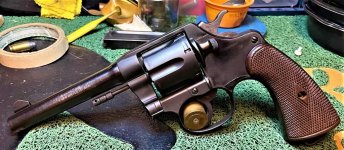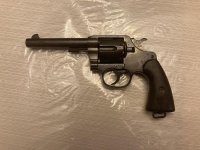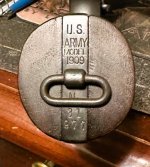SmithSwede
Member
Every gun nut has heard about the supposedly dismal performance of the .38 Long Colt cartridge against the Moros in the Philippines. And how .45 caliber Peacemakers had to be hauled out of storage. The US shortly thereafter settled on the .45 ACP round. Etc. Etc.
I was really surprised to read a contemporary account that blamed the poor performance of the .38 Long Colt on deteriorated gunpowder. I had never heard that before.
See Pistol & Revolver Shooting by A.L.A. Himmlewright, copyright 1904, page 47, “. . . on account of the deterioration of the powder with which some of the ammunition was loaded, it proved most unsatisfactory, especially in the Philippine war.”
I was really surprised to read a contemporary account that blamed the poor performance of the .38 Long Colt on deteriorated gunpowder. I had never heard that before.
See Pistol & Revolver Shooting by A.L.A. Himmlewright, copyright 1904, page 47, “. . . on account of the deterioration of the powder with which some of the ammunition was loaded, it proved most unsatisfactory, especially in the Philippine war.”



